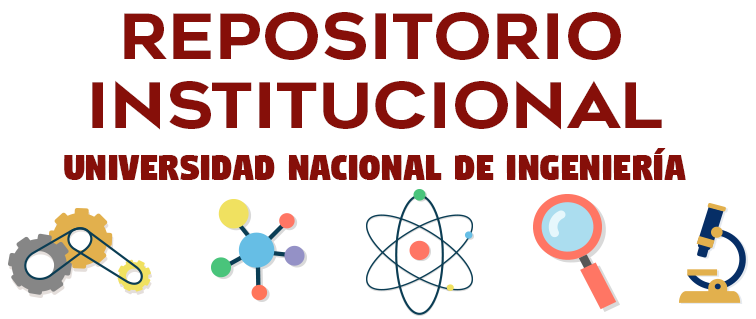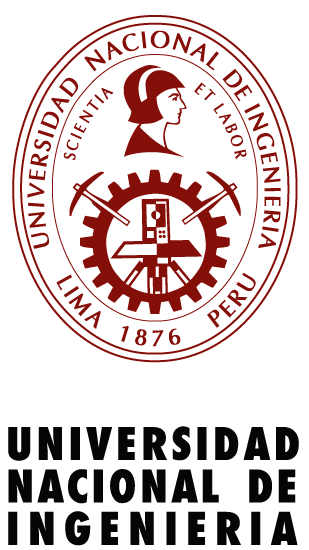Por favor, use este identificador para citar o enlazar este ítem:
http://hdl.handle.net/20.500.14076/27798Registro completo de metadatos
| Campo DC | Valor | Lengua/Idioma |
|---|---|---|
| dc.contributor.advisor | Taipe Rojas, Javier Enrique | - |
| dc.contributor.author | De los Santos Joo, Nestor Raúl | - |
| dc.creator | De los Santos Joo, Nestor Raúl | - |
| dc.date.accessioned | 2025-03-05T19:25:22Z | - |
| dc.date.available | 2025-03-05T19:25:22Z | - |
| dc.date.issued | 2023 | - |
| dc.identifier.uri | http://hdl.handle.net/20.500.14076/27798 | - |
| dc.description.abstract | El alcance de este informe de suficiencia profesional se enfoca en las potenciales emergencias del sistema de transporte de Gas Natural (GN) y Líquido de Gas Natural (LGN) del Proyecto Camisea, las que podrían ocurrir en el derecho de vía, un corredor que alberga a ambos ductos. De las diversas situaciones de emergencia, se presta particular atención a una posible explosión del ducto enterrado de GN. Para abordar este riesgo, este estudio se basa en el cálculo del diámetro del cráter resultante, empleando variables clave como la presión, densidad del terreno, tapada del ducto y coeficiente de dilatación del GN. Los resultados ofrecen un valor crítico que permiten identificar de zonas de seguridad, donde la presencia de edificaciones u otras actividades humanas debería evitarse en cualquier circunstancia. La evaluación del radio de impacto por tubería descubierta es otro de los puntos que se abordan, estos cálculos son esenciales para definir zonas de seguridad intangibles. Además, este informe aborda el cálculo del volumen de LGN entre válvulas y cotas. En el caso de un derrame, la topografía del terreno podría influir en la magnitud del incidente, ya que, si el derrame ocurre cerca de una cumbre, solo se liberará el volumen contenido en la tubería hasta la altura de la cumbre. En conjunto, este informe contribuye significativamente a la comprensión y la gestión de las emergencias en el transporte de GN y LGN de Camisea, al establecer medidas preventivas y de seguridad que protejan tanto a la población como a las infraestructuras. | es |
| dc.description.abstract | The scope of this professional sufficiency report focuses on the potential emergencies of the Natural Gas (NG) and Liquid Natural Gas (LNG) transportation system of the Camisea Project, which could occur within the right of way, a corridor that houses both pipelines. Among the various emergency situations, particular attention is given to a potential explosion of the buried NG pipeline. To address this risk, this study is based on calculating the resulting crater diameter, using key variables such as pressure, terrain density, pipe cover, and NG expansion coefficient. The results provide a critical value that identifies safety zones, where the presence of buildings or other human activities should be avoided under any circumstance. The assessment of the impact radius for uncovered pipelines is another aspect addressed, and these calculations are essential to define intangible safety zones. Furthermore, this report addresses the calculation of the LNG volume between valves and elevations. In the event of a spill, the terrain's topography could influence the incident's magnitude, as a spill near a summit would release only the volume contained in the pipeline up to the summit's height. Collectively, this report significantly contributes to understanding and managing emergencies in the transportation of NG and LNG from Camisea by establishing preventive measures and safety measures that protect both the population and infrastructure. Overall, this report contributes significantly to the understanding and management of emergencies in the transportation of NG and LGN from Camisea gas project, by establishing preventive and security measures that protect both the population and the infrastructures. | en |
| dc.description.uri | Trabajo de suficiencia profesional | es |
| dc.format | application/pdf | es |
| dc.language.iso | spa | es |
| dc.publisher | Universidad Nacional de Ingeniería | es |
| dc.rights | info:eu-repo/semantics/openAccess | es |
| dc.rights.uri | http://creativecommons.org/licenses/by-nc-nd/4.0/ | es |
| dc.source | Universidad Nacional de Ingeniería | es |
| dc.source | Repositorio Institucional - UNI | es |
| dc.subject | Gas natural | es |
| dc.subject | Medidas de prevención | es |
| dc.subject | Sistema de transporte de gas natural | es |
| dc.subject | Líquido de gas natural | es |
| dc.title | Evaluación de riesgos y medidas de prevención para la atención de emergencia en un sistema de transporte de ductos de gas natural y líquidos de gas natural | es |
| dc.type | info:eu-repo/semantics/bachelorThesis | es |
| thesis.degree.name | Ingeniero de Higiene y Seguridad Industrial | es |
| thesis.degree.grantor | Universidad Nacional de Ingeniería. Facultad de Ingeniería Ambiental. Unidad de Posgrado | es |
| thesis.degree.level | Título Profesional | es |
| thesis.degree.discipline | Ingeniería de Higiene y Seguridad Industrial | es |
| thesis.degree.program | Ingeniería | es |
| renati.advisor.orcid | https://orcid.org/0000-0002-9488-5836 | es |
| renati.author.dni | 08141651 | - |
| renati.advisor.dni | 10343176 | - |
| renati.type | http://purl.org/pe-repo/renati/type#trabajoDeSuficienciaProfesional | es |
| renati.level | http://purl.org/pe-repo/renati/nivel#tituloProfesional | es |
| renati.discipline | 022016 | - |
| renati.juror | Robles García, Eusebio | - |
| renati.juror | Villena Chávez, Jorge Alberto | - |
| dc.publisher.country | PE | es |
| dc.subject.ocde | http://purl.org/pe-repo/ocde/ford#2.11.02 | es |
| Aparece en las colecciones: | Ingeniería de Higiene y Seguridad Industrial | |
Ficheros en este ítem:
| Fichero | Descripción | Tamaño | Formato | |
|---|---|---|---|---|
| delossantos_jn.pdf | 4,48 MB | Adobe PDF | Visualizar/Abrir | |
| delossantos_jn(acta).pdf | 984,58 kB | Adobe PDF | Visualizar/Abrir | |
| informe_de_similitud.pdf | 2,02 MB | Adobe PDF | Visualizar/Abrir | |
| carta_de_autorización.pdf | 1,52 MB | Adobe PDF | Visualizar/Abrir |
Este ítem está sujeto a una licencia Creative Commons Licencia Creative Commons

Indexado por:



